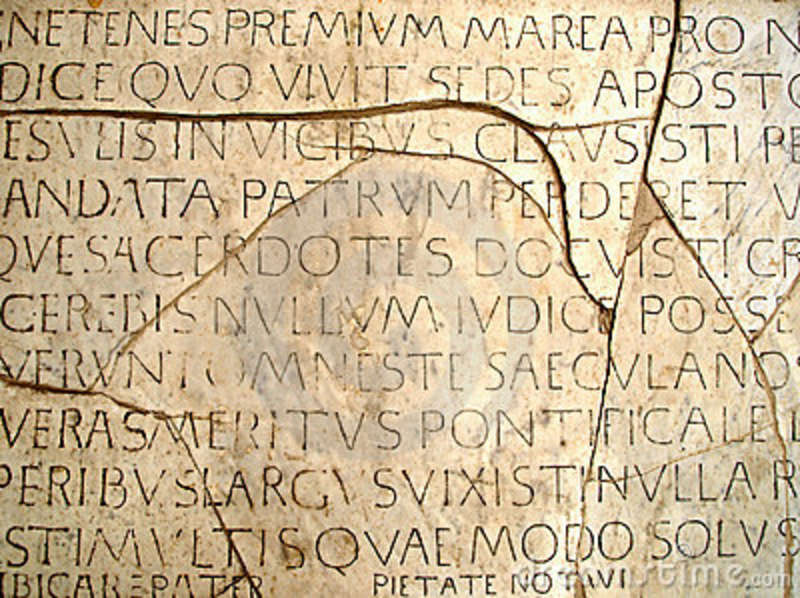An Abecedarian

The current issue of Flusser Studies marks the twentieth year this small, online journal has been publishing research and commentary on the life and work of Vilém Flusser (1920 – 1991). I’ve been a member of the journal’s editorial staff for only about half that time, but am no less honoured for it. In response to the journal’s call for papers (or visual or acoustic contributions) I set out to write something that would show and share something about the impact he has had on me over twenty years.
The effort to write it felt like the proverbial project of herding cats, thoughts bouncing and rolling and racing in time, space and weight. At a moment of near-despair, I learned about the abecedarian, an ancient poetic form apparently first used to teach the alphabet to newcomers: the teacher would write a comment, ideally a memorable one, drawn from the context shared by teacher and learner. The text “recognised” the context in the alphabet, in short. I am not the first to turn it around, however: I can safely assume that the alphabet is at the very heart of the context my reader and I share, and use it as a kind of base camp or guide rail, so that my entries can need not “follow” one to the next logically, but rather can jump in ways that are closer to the way some people think. A reader could connect them in some unexpected way — or not at all.
Here‘s a link to the text, and not incidentally to a remarkable issue.


